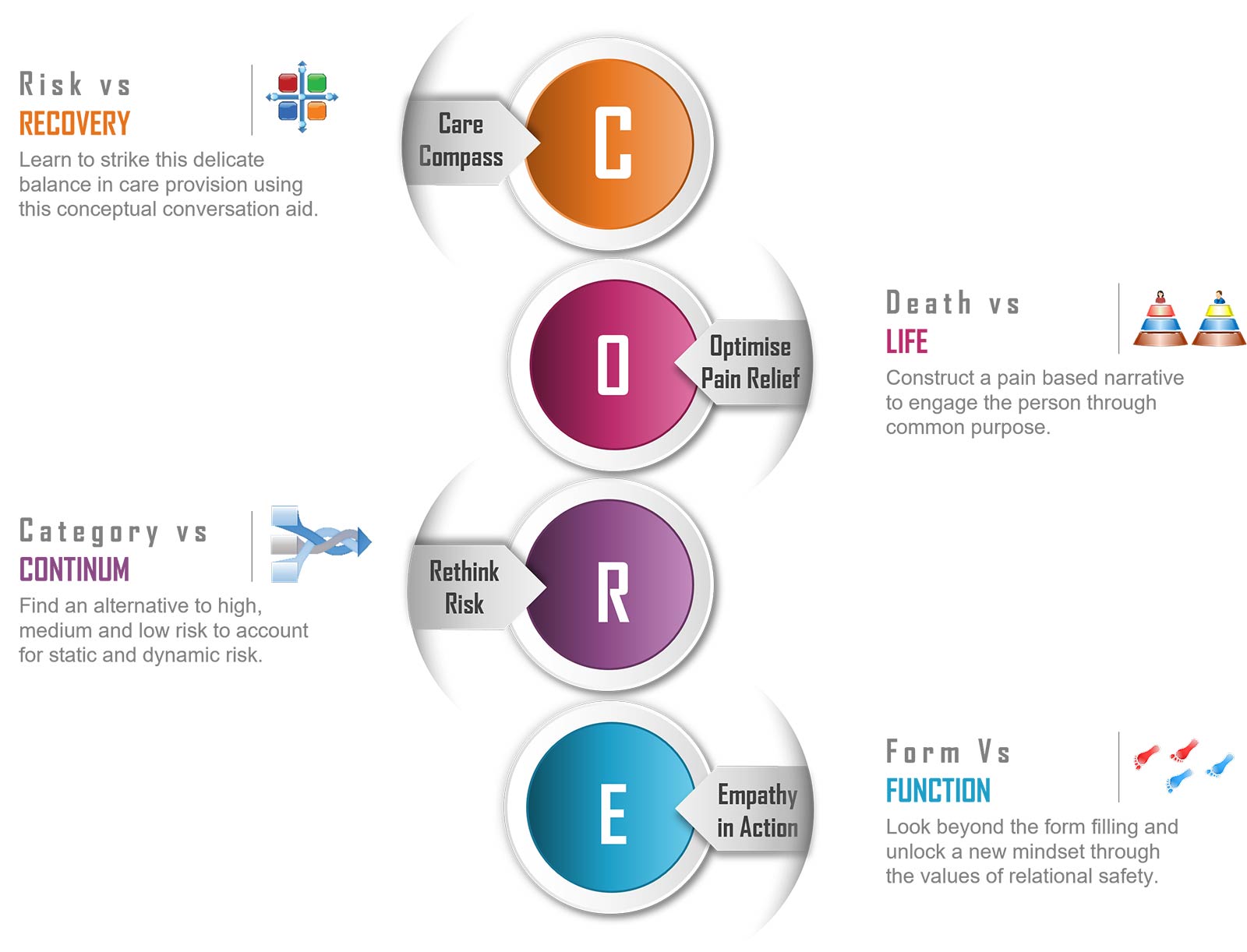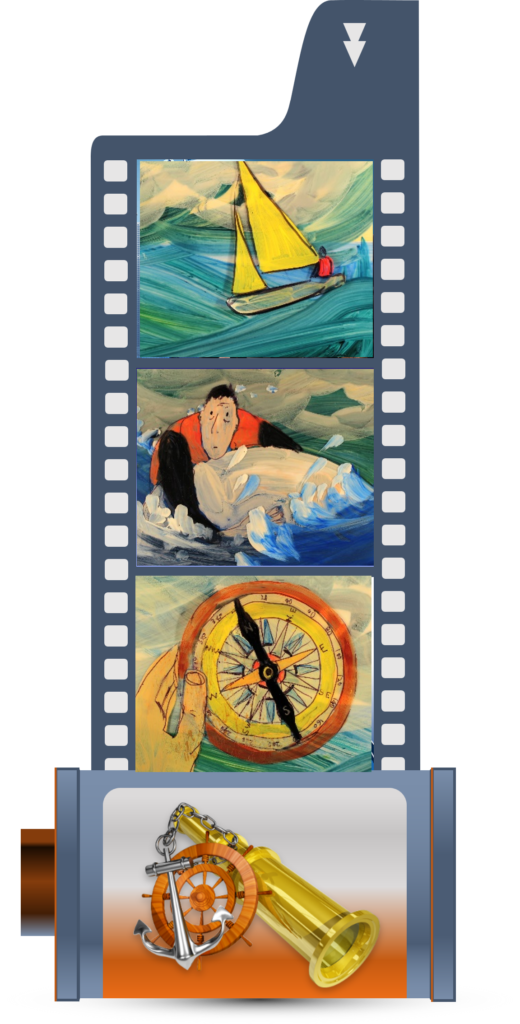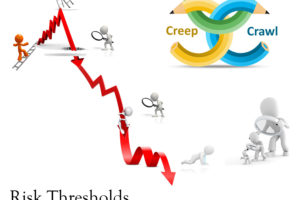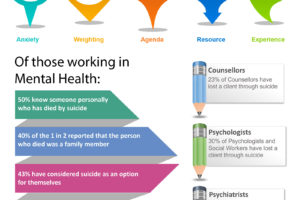
02 | Navigating Rocky Waters
- Posted by Manaan Kar Ray
- Categories Weekly PROTECT Podcast
- Date January 13, 2022
02 | Navigating Rocky Waters
Host: Good day, I am Mahi your host, This is Episode 2, Navigating Rocky Waters. Manaan the CORE module begins with a recovery metaphor Navigating Rocky Waters, before we dive into the story will you please tell our listeners a little bit about the CORE module.
Expert: CORE captures the essence of PROTECT, it provides the solid foundation of relational safety on which all the frameworks are built. One thing we harp on about is “PROTECT the CORE, Progress the rest.” So preserving this in its original form is essential so that the other modules ASSESS and ASPIRE can continue to integrate the latest evidence based assessment strategies and interventions that come out over time.

Host: How many chapters are there and what are they?
Expert: There are four chapters in CORE, each letter stands for the name of a chapter, C for Care Compass, O for Optimise Pain Relief, R for Rethink Risk and E for Empathy in Action.
Host: What makes these chapters so fundamental that you want them preserved in their original form?
Expert: Each chapter attempts to capture a delicate balancing act, a feat that health care professionals have to perform every day in every interaction, for example the care compass is a conceptual model to help professionals strike a balance between risk and recovery, it is not an easy balance to strike when the question is one of life and death, life and death is a nice Segway into the second chapter optimise pain relief, the person sees death as the solution from the problem of life and the professional sees the desire for death as the problem and life as the solution, so the second chapter uses pain as a construct to have an open conversation using which a common ground of the desire for pain relief can be discovered and worked towards without a power struggle. These are foundational skills for all practitioners.
Host: What do you cover in the third chapter Rethink Risk?
Expert: This provides a fresh perspective on safety and how to arrive at a judgement call regarding clear and imminent risk. It helps practitioners navigate the endless debate of category vs continuum of risk. There is increasing evidence that the entrenched practice of categorical classification of risk into high medium and low adds limited value in terms of care provision and can be used to justify decisions that are resource driven or rise from attitudes and stigma towards certain diagnostic groups. We provide a working framework that professionals can use to describe the continuum of risk and how risk may fluctuate with time.
Host: So far we have Risk vs Recovery for the care compass, death vs life for Optimise pain relief and Category vs Continuum for Rethink Risk, what is the balancing act in the final chapter in CORE, Empathy in Action?
Expert: Empathy in action integrates these concepts and as the name suggests puts them into action or practice. The balancing act is between form vs function. Form or the structure of what we do must always follow the function of what we want to achieve, however this is not the case in modern day mental health care. In a very literal sense you can use translate form into form filling and how our conversations are guided by these paper exercises that we undertake. Yes paperwork has to be done, but there is paperwork for proper work and we provide a values based alternative to this practice captured in the concept of empathy in action which is a combination of emotional empathy, your pain in my heart, cognitive empathy, your thoughts in my mind and empathic concern, the genuine desire to help. You cannot walk through water without getting wet, but as the professional you have to ensure that you do not get overwhelmed and drown with the person in suicidal distress. Another balancing act that can be struck through the values of relational safety.
Host: Walking through water, that seems like a nice segway to Navigating Rocky Waters? Please tell us a little bit about this nautical metaphor.
Expert: Navigating Rocky Water is about recovery. We all need hope, it is central to our mental health and well being. Recovery for those with mental illness (depression, anxiety, schizophrenia, bipolar disorder, anorexia, bulimia, borderline personality disorder) has its ups and downs but with the right support at the right time people can captain their own lives.
There is a fundamental contradiction at the heart of mental health services between care and control. In the first chapter in CORE, Care Compass we grapple with this dilemma, this is particularly the case when supporting someone in suicidal distress. Worldwide mental health services have been guided by the recovery philosophy on their transformation journey. Capturing hope, creating agency and realizing a life beyond illness underlie all that we do. We are acutely aware that there is no place for force in recovery. However the use of force continues, we believe that proactive systems of care can help us navigate through the choppy waters of the care and control contradiction. PROTECT stands for PROactive deTECTtion. We led a project called PROMISE to collate and replicate all such proactive initiatives and make the use of force redundant. Navigating Rocky Waters was written as part of that project. We have come to believe that seemingly binary positions like risk and recovery or care and control are part of a spectrum, without risk there is no recovery, with the right care the person in distress will have more control. So to help our colleagues draw inspiration from individual recovery journeys of our patients we have used a nautical analogy. This brief film is full of life jackets, lifeboats, anchors, lighthouses, maps, compasses, etc. So, we hope you enjoy being at sea. I understand you are going to read it for our listeners.
Host: Yes, I am
Expert: Bon voyage

Navigating Rocky Waters
The Original
Authored by The PROMISE Crew
Most of us, most of the time, can ride the waves and navigate through narrow straits. But sometimes, even with our sea survival skills, we struggle to cope with adverse weather. Capsizing or a feeling of drowning is often what our patients report when they are referred into services. The sense of sinking permeates friends and relatives, often dragging them down as well. It is a dark space into which we often step. More often than not, our initial focus as mental health practitioners is on safety, and we are very keen for them to hold on to a life buoy so that we can get them onto a lifeboat. Initially, we do the rowing and baling out, though sometimes our direction is not aligned with that of the patient. However, the goal remains that as the patient begins their recovery journey, we start to share the rowing while still offering navigational guidance. Gradually, as our patient takes over steering as well, we recede and take up the position of being a lighthouse, showing the way through uncharted, rocky waters.
There are those who might need to go all the way on to solid land in order to chart their next journey. Many, though, will need to get just to the safety of a ship that is anchored by the coast. Wherever the initial journey ends, it is only a matter of time before life’s challenges will dictate that they have to venture out to sea again. After all, we cannot discover new oceans unless we are willing to lose sight of the shore and ride the waves again. Casting away can be tricky, and venturing back into the water requires tremendous courage. Services will provide the initial impetus, and the buoyancy on offer will aid in the early days. Hopefully, patients will discover a life beyond illness by gradually spending more time going solo until they have the confidence to sail single-handed. Peers who have been on similar voyages can be a great source of inspiration and will often be able to help our patients identify the navigational buoys. The unexplored waters may be treacherous at times and can present new challenges, but patients who have now learnt advanced sea survival techniques are more adept at riding currents and reading tide charts. On this journey, the light beam from the lighthouse gradually fades into the distance as the patient gains confidence in using a compass. A new purpose in life, support from local fishing communities, and a jointly agreed plan will help give them a sense of where they are in their journey. The faint beacon now only serves as a point of reference like a North star. A North star that says the past is a point of reference, not a place of residence.
Trouble brews when the use of a compass to or from a point of reference gets completely replaced by maps and charts. These maps often have organisational boundaries that get in the way not to mention that a chart is not much use if the fog descends or sand banks shift. Gales can blow up suddenly and unexpectedly, and things can happen, but with a compass, the patient can navigate around the eye of the storm or the iceberg in the way. However, some very vulnerable individuals face additional hazards. For them learning to go solo might feel like trying to survive in shark-infested waters. This causes huge anxiety as they often worry their distress flare will not be spotted. They appreciate that the coast guard or air-sea rescue are at full stretch, and in their moment of crisis, services might not be in a position to guide them towards the shore. Learning to ride this wave of anxiety is the recovery challenge not just for our patients but for services as well. Practitioners also find themselves walking the tightrope between taking positive risks of letting go and managing safety through holding on.
They too worry about not spotting the distress flare and slipping from the tightrope into shark-infested waters. Perhaps we too often get stuck behind the borders on the map and argue the toss about what is mine and what is your responsibility, rather than thinking of the person’s overarching journey and direction and what we can do to help them reframe their life. Both the answer and the challenge lie in the use of a compass, not a map.
The reality is that as individuals, we never solve problems; we swap them for new ones. So fixing things while someone is on shore is a pretty pointless exercise. However, through the journey, if one can reconnect with the ability to cope with adverse weather conditions and new challenges, then we are getting somewhere. We then embrace agency and self-belief, which are invaluable tools as enabled people can sail out to catch the most favourable winds. We want to get to the horizon, but there will be strong waves in the way. Sometimes they will push us back, sometimes we will overcome. When we do cross a wave, we believe we have succeeded, but we have failed to get any closer to the horizon as it recedes. Leaving behind this paradigm of success and failure, it is best to acknowledge that life’s goals are ever-changing, and as we reach one, another develops. With our patients, we are there for a very short time, but the learning and enabling in each transition of our journey, from life jacket to life boat, from rowing to shared-steering and so on, will hopefully be life-long. The distant light of the lighthouse can act as a compass while at sea, when on solid ground, the mirrors in the lighthouse that amplify the tiny beacon, can reflect back the strengths of the individual giving them the confidence to venture out to sea again.
Previous post
01 | Introduction to PROTECT: Novel Solutions to Suicide Risk Management
You may also like

19 | Creep Crash Crawl

18 | AWARE 5 – Experience

